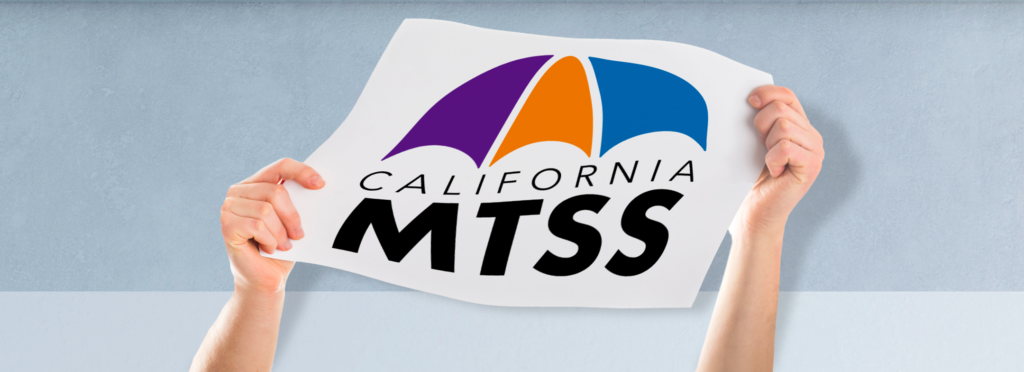MTSS Framework and the Work of the PLC: Two Schoolwide Systems & Three Big Ideas Work Together to Support ALL Students

We are stronger when we listen, and smarter when we share.
– Rania Al-Abdullah

INTRO
Excerpted from “Two Ways to Avoid Falling into the RTI Rebranding Trap.”
RTI has been highlighted as one of the top educational practices proven to considerably accelerate student achievement—by two to three years’ growth within a single year of schooling—with an effect size of 1.29 (Hattie, 2017). Best practices would be to exemplify the PLC and RTI process as intended and with fidelity.
The focus should be on how these schoolwide systems encompass all the essential actions for both academics and behavior at the prevention, intervention, and remediation levels, based on data to help all students.
The goal should be…to focus on how to improve the implementation of what nearly 20 years of research has already proven to be effective, which is being anchored by the three big ideas and four critical questions that drive the work of a PLC—all of which is amplified through RTI/MTSS.
OBJECTIVES
- Understand the “three big ideas” that connect MTSS and PLC work
- Evaluate your school’s current strengths and weaknesses in utilizing these systems together to ensure the equitable success and well-being of all students
The Three Big Ideas
Buffum, Mattos, and Weber (2009) stated in Pyramid Response to Intervention: RTI, Professional Learning Communities, and How to Respond When Kids Don’t Learn that the only way for an organization to successfully implement RTI practices is within the PLC at Work® process. You cannot effectively implement RTI without the PLC process. The three big ideas drive the work of a PLC: a focus on learning, a collaborative culture, and a results orientation. The progress a district or school experiences on the PLC journey will be largely dependent on the extent to which these ideas are considered, understood, and ultimately embraced by its members (DuFour et al., 2016).
The three big ideas further emphasize the connection between MTSS and how it pertains to PLCs and RTI.
A focus on learning
The fundamental purpose of the school is to ensure that all students learn at high levels (DuFour et al., 2016). Because proper student behavior is also a prerequisite to academic success, a professional learning community would commit its collaborative efforts to ensure all students master essential academic and social behaviors in addition to essential grade-level standards.
A collaborative culture
In order to ensure all students learn at high levels, educators must work collaboratively and take collective responsibility for the success of each student. The fundamental structure of a PLC is the collaborative teams of educators whose members work interdependently to achieve common goals for which members are mutually accountable. These common goals are directly linked to the purpose of learning for all (DuFour et al., 2016). While grade- or course-specific teacher teams drive the identification and teaching of essential academic standards, the entire staff must work collaboratively to identify and teach essential behaviors.
A results orientation
To assess their effectiveness in helping all students learn, educators in a PLC focus on results. The constant search for a better way to improve results by helping more students learn at higher levels leads to a cyclical process in which educators in a PLC.
- Gather evidence of current levels of student learning
- Develop strategies and ideas to build on strengths and address weaknesses in that learning
- Commit to collective inquiry to learn about best practices to address the school’s area(s) of weakness
- Implement these research-based strategies and ideas
- Analyze the impact of the changes to discover what was effective and what was not
- Apply new knowledge in the next cycle of continuous improvement (DuFour et al., 2016)
REFLECTION
- For each of the Three Big Ideas, list your primary strengths and weaknesses as a school
- TIP: be very specific with what you are doing and the outcomes of this behavior/action
- Which of the Three Big Ideas does your school do best with? Why and how?
- Which of the Three Big Ideas does your school need to improve the most in? Why and how?
TIPS
- Begin the collaborative/PLC systems work by engaging your leadership team(s) with this activity
- Share ideas on next steps in your MTSS/PLC-building plans






Responses